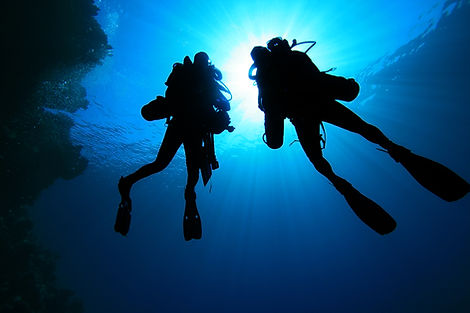
TKU-COUTR
Tamkang University Center for Ocean and Underwater Technology Research


Background and Mission
Leveraging Taiwan's Geographical Advantages
Taiwan has limited land resources but abundant marine resources, including water, energy, biological resources, national defense assets, and cultural resources. The area of jurisdiction over marine waters is 4.72 times that of land. The marine environment is highly diverse; for example, the deep sea area of the Western Pacific is just a few kilometers offshore from the eastern coast, providing access to deep-sea water, while the western coast features a shallow continental shelf, making it an ideal location for offshore wind farms. Thus, developing marine and underwater technologies to facilitate the development and application of marine resources is a significant issue.
Aligning with Government Industrial Development Policies
Over the past decade, the government has pursued the vision of becoming a "Marine Nation," focusing on the development of marine industries. Major government policies are closely related to marine industries, including national shipbuilding, the offshore wind turbine project, and the deep-sea water industry in the eastern region. The passage of the "Underwater Cultural Heritage Preservation Act" at the end of 2015 was a milestone in protecting marine culture.
Building Interdisciplinary Development
Marine and underwater technology is an interdisciplinary field. In terms of engineering technology, it involves specialized disciplines in marine science and engineering, as well as close connections with physics, electrical engineering, mechanical engineering, and computer science. Expanding into marine cultural aspects, it intersects with humanities, management, and policy, allowing for collaborative thinking and creativity. Therefore, the establishment of this center greatly supports the development of interdisciplinary research teams at our university and represents an opportunity for expanding our research scope.
Center Services
-
Underwater Cultural Heritage (Survey, Promotion, Talent Development)
-
Marine Investigation and Monitoring (Sonar Detection, Noise Monitoring)
-
Deep-Sea Water (Applications, Industry Promotion)


Organization
The center was established in accordance with the "Regulations for the Establishment of the Tamkang University Center for Ocean and Underwater Technology Research," approved by Tamkang University's 151st Administrative Meeting on November 25, 2016. After a year of preparation, it was officially inaugurated on November 24, 2017. The center is affiliated with the Office of Research and Development and operates as a secondary unit, comprising three divisions: Education and Promotion, Research and Development, and Administrative Affairs.
Goals and Research Areas
Short-Term Goals
Actively build three interdisciplinary research teams focusing on "Sonar Technology Development," "Underwater Cultural Heritage Protection," and "Utilization of Deep-Sea Water Resources." These teams will be engaged in talent development and industry-academia collaboration, laying the foundation for the center's core research capabilities.
Medium-Term Goals
Strengthen collaboration between the center and relevant departments, including teaching and research, to position the center as a driving force for cultivating talent in marine and underwater technology. This will enhance the university's distinctive development in the field of marine sciences.
Long-Term Goals
Integrate teams within and outside the university to form cross-campus, interdisciplinary collaborative teams, establishing the university as a hub for marine and underwater technology research and development, and advancing towards sustainable development.